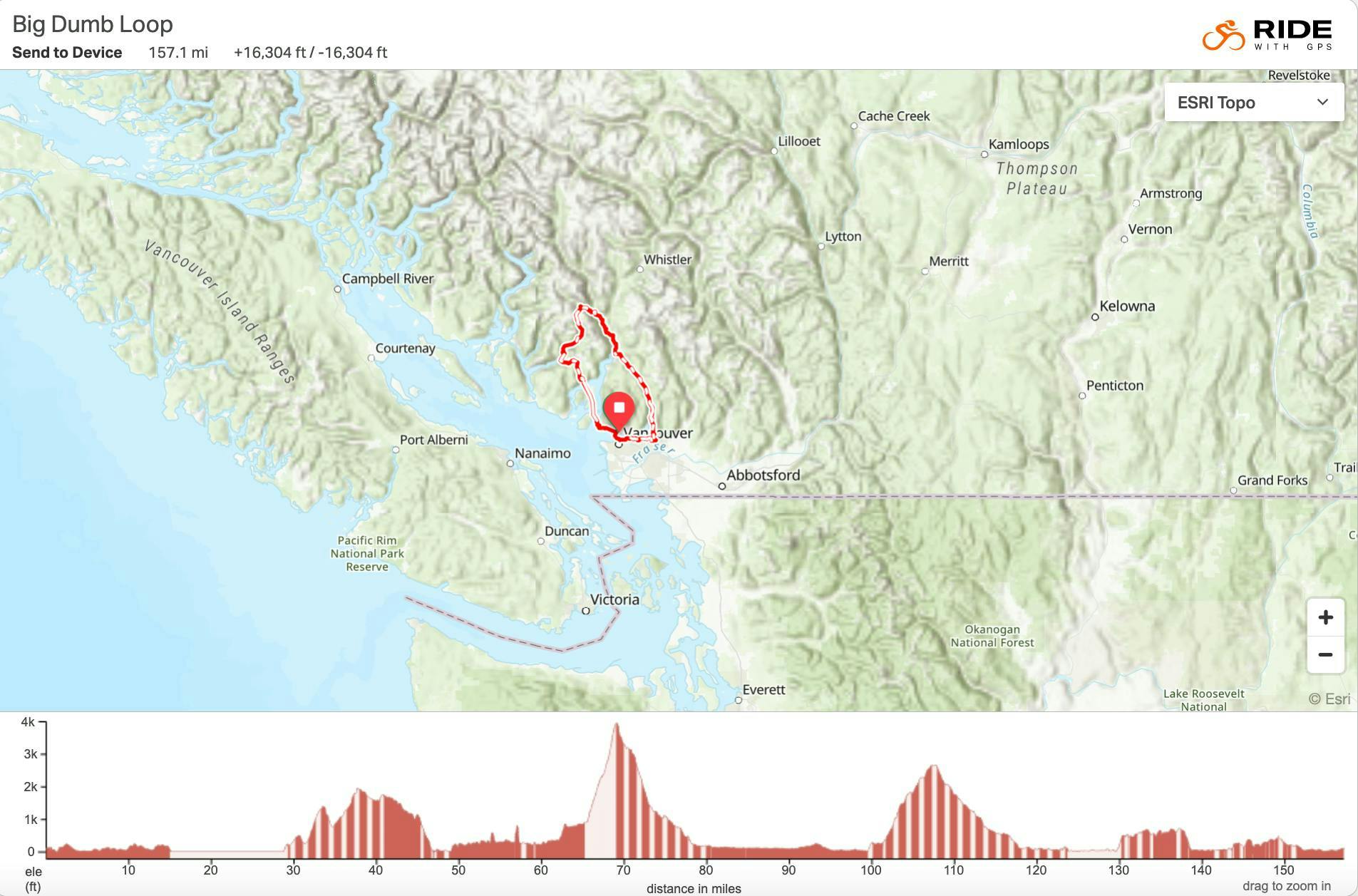Big Dumb Loop
This summer, filmmaker Keenan DesPlanques set out to tackle a challenging route on British Columbia’s west coast involving a combination of riding and packrafting, which he called “The Big Dumb Loop.” Watch his unique self-filmed video and read some words about the project from Keenan here.
Words by: Keenan DesPlanques
Photos by: Keenan DesPlanques
Hi, I’m Keenan, and I like making dumb bikepacking routes. I started bikepacking in 2016 with the ambitious idea of carrying camera equipment from Norway to Spain, and my bad ideas haven’t let up seven years later. After moving to British Columbia in 2019, I became interested in amphibious bikepacking routes with packrafts. I made a route that I someday wanted to do, and I named it “The Big Dumb Loop.” Years went by, and I was able to do a few successful amphibious bikepacking trips, such as going from Squamish to Vancouver via the Indian Arm and going from Mission to Pemberton via Stave Lake. There’s something magic about taking your boat out and riding a road that isn’t accessible by land.
“It took me 48 hours to go five kilometres…”
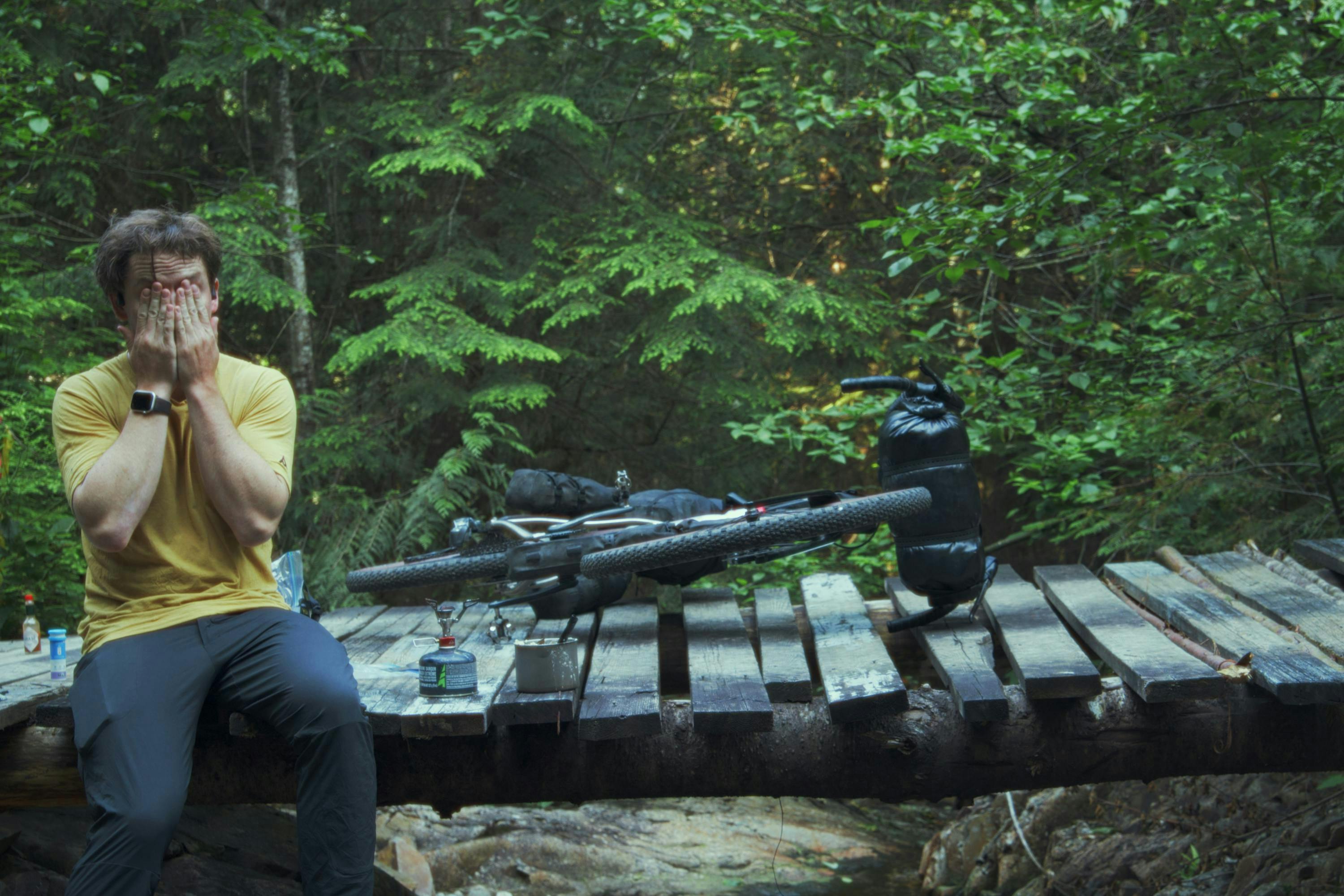
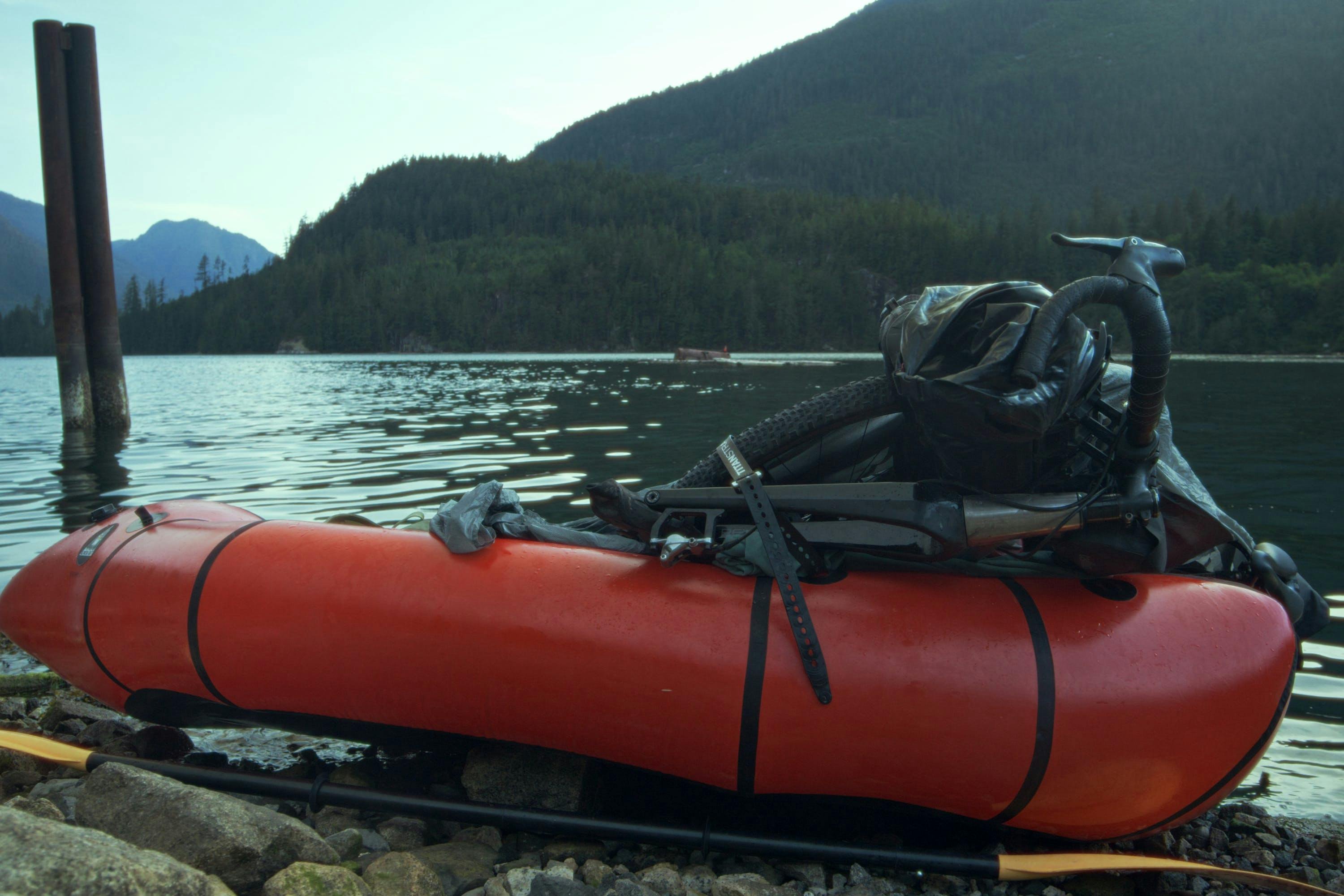
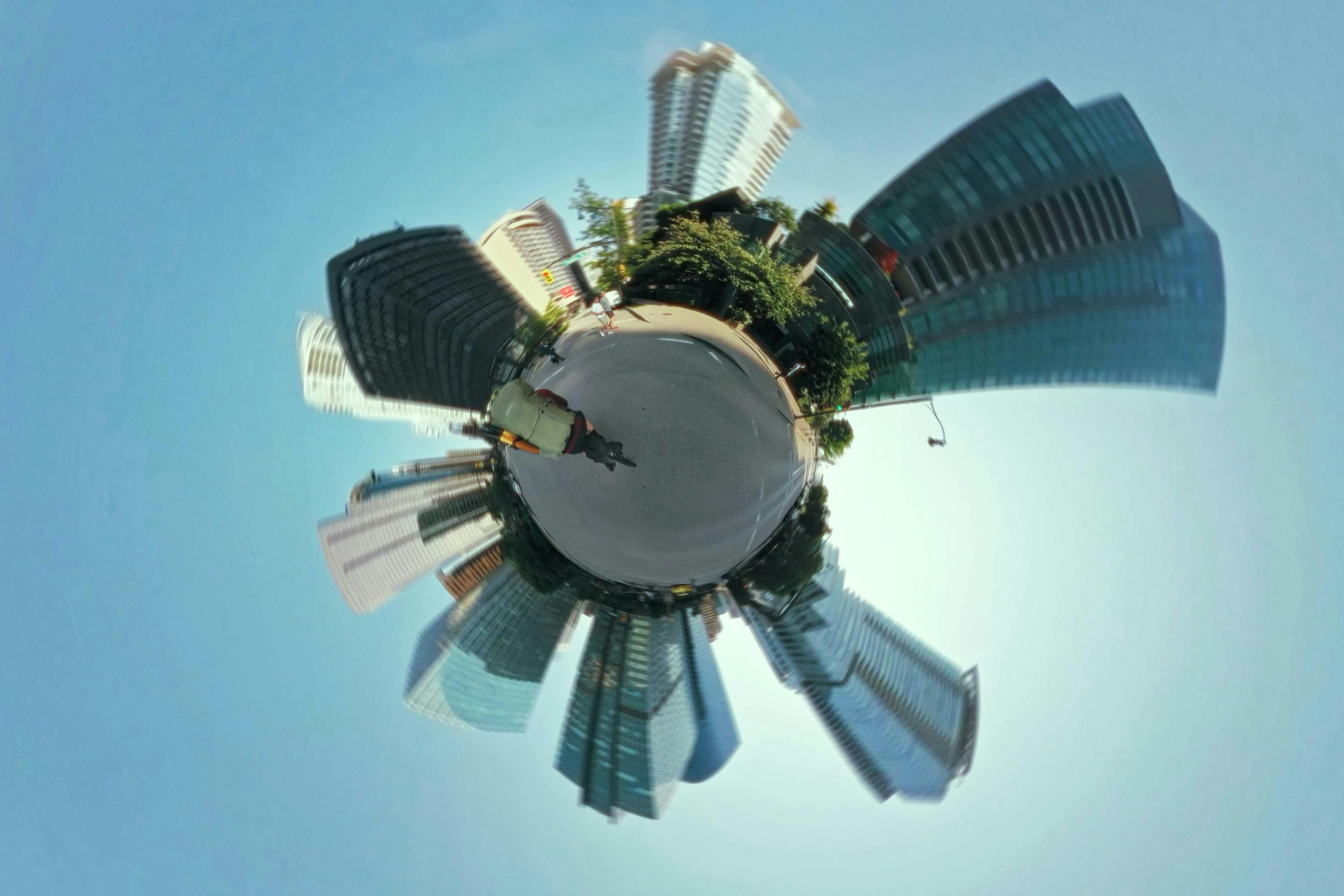
I was really nervous before starting this trip. I had no idea what to expect because I didn’t have beta for many of the places I was going, and they were too far away to go scout. The first challenge of the trip was paddling more than 25 kilometres from Horseshoe Bay to McNab Creek. This whole day felt like a dream, but I also was really nervous. I had a lot of valuable camera equipment with me and a nice new bike from Revel. I didn’t want to sink while in the open ocean!
Once I did the first two crossings, I became more confident that I could do this. And then I ran out of water. I stopped on the northern end of Gambier Island with the hope that there was a creek running, but everything was dry. There wasn’t a ton of space in the boat, and I was cramping pretty bad. I had to grit my teeth and push to McNab Creek. I arrived in the dark but was greeted by some private property that I had to go around by sloshing up McNab Creek. I eventually found a camp around midnight.
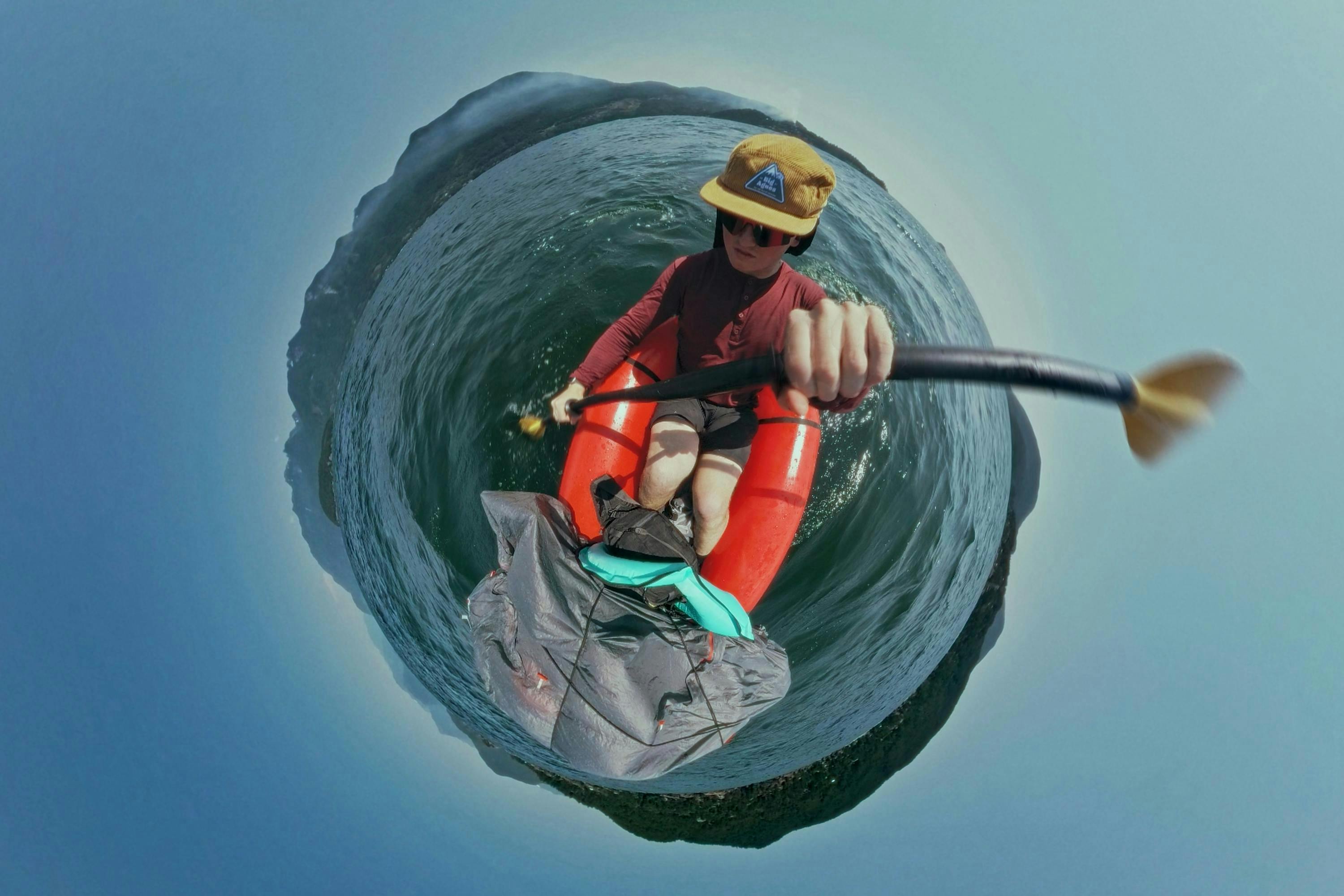
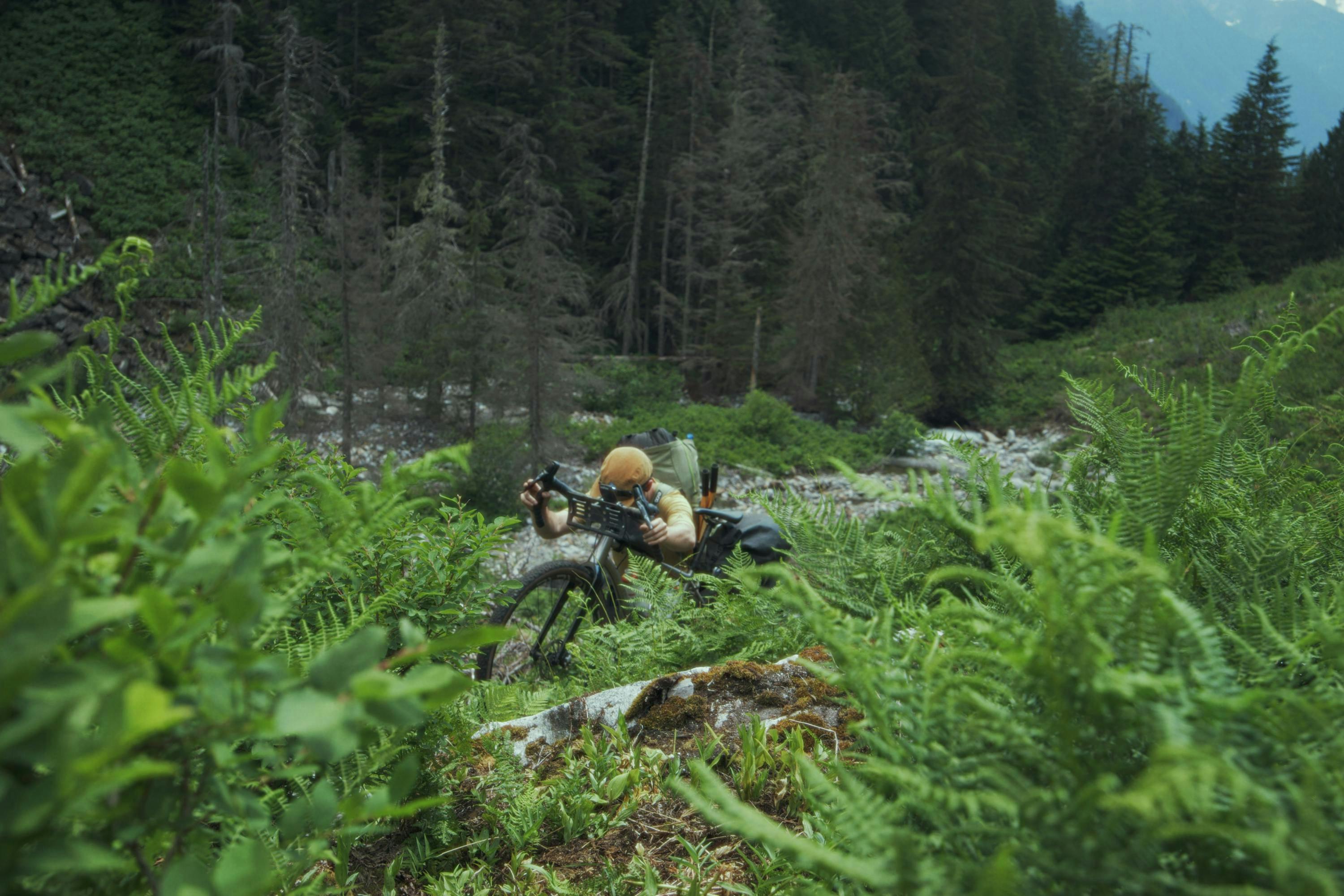
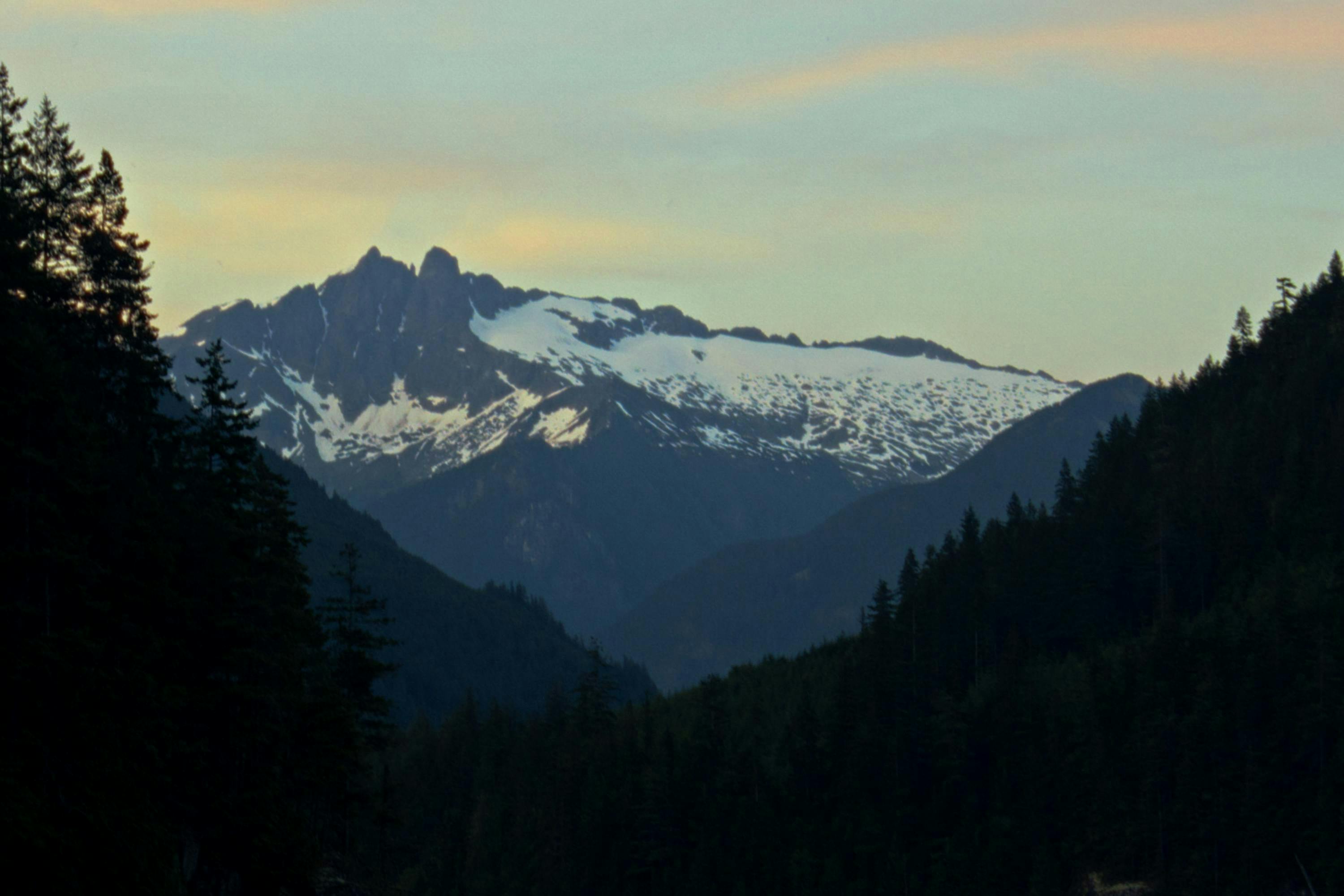
I set off the next morning after some instant mashed potatoes and coffee. Starting riding on this road was surreal, knowing what I had to do to get here. The road was understandably not well-maintained. I had a grizzly bear run in front of me at one point, which kept me on edge for the rest of the day. At one point, the road turned into an overgrown double track with little visibility. But, after crossing a river, I found a smooth road! This led to the Salmon Arm, and I converted my bike to a boat again.
This paddle was short and beautiful! I tried to fly my drone while I was out in the middle of the inlet, but it malfunctioned and crashed into the water. I watched the drone sink, and I couldn’t do anything. I had some great footage from the day before that unfortunately will never see the light of day. I was frustrated but had to keep going.
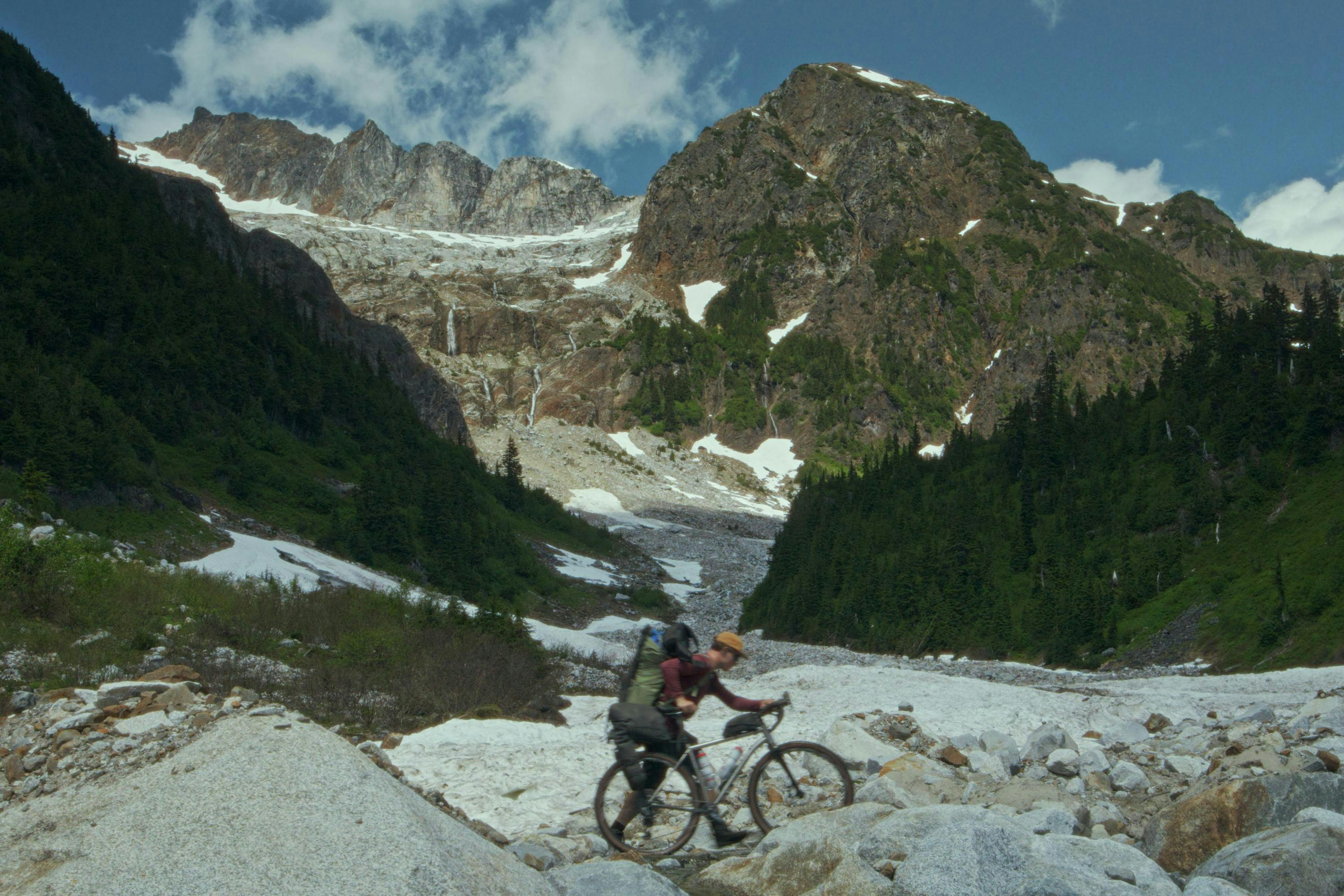
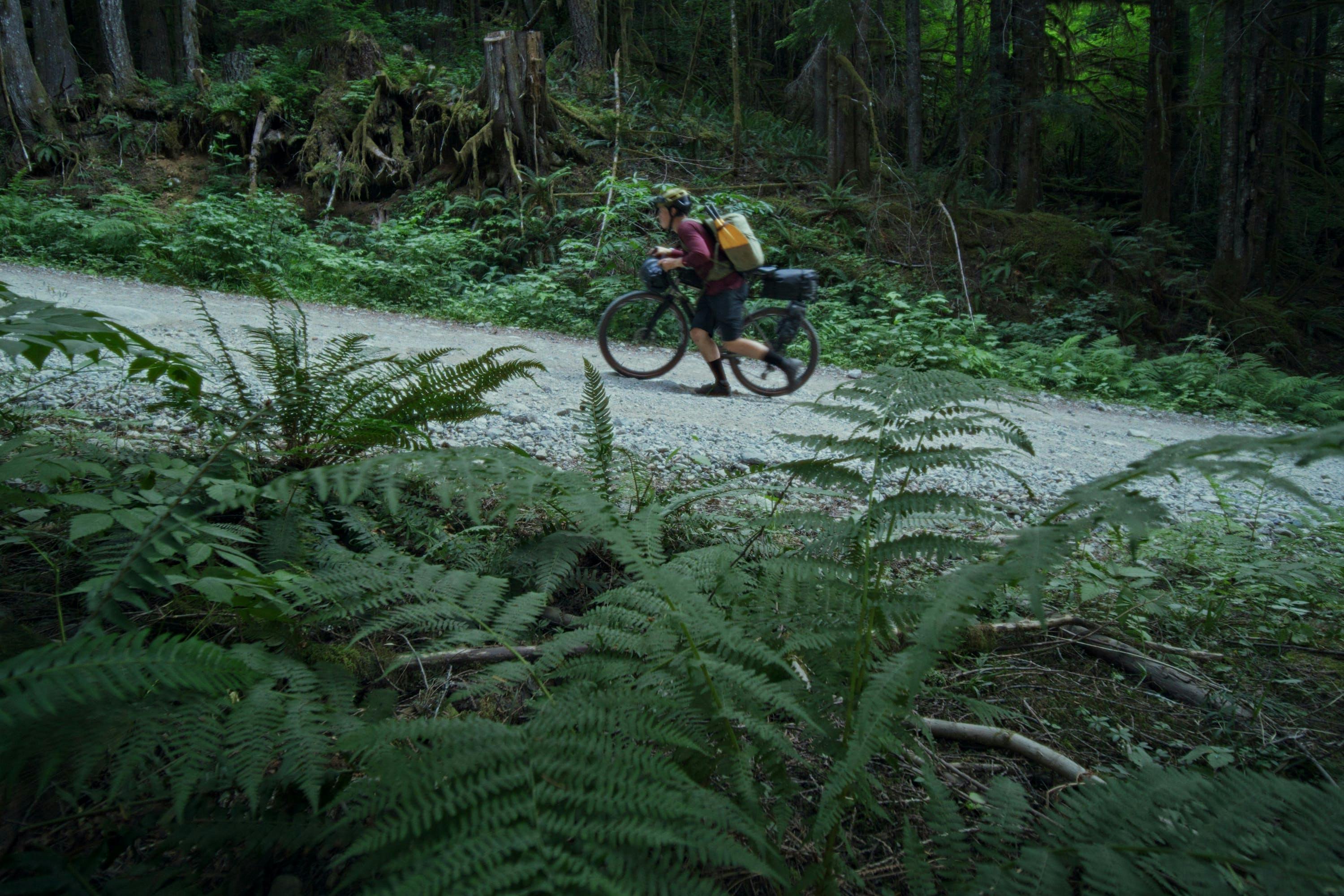
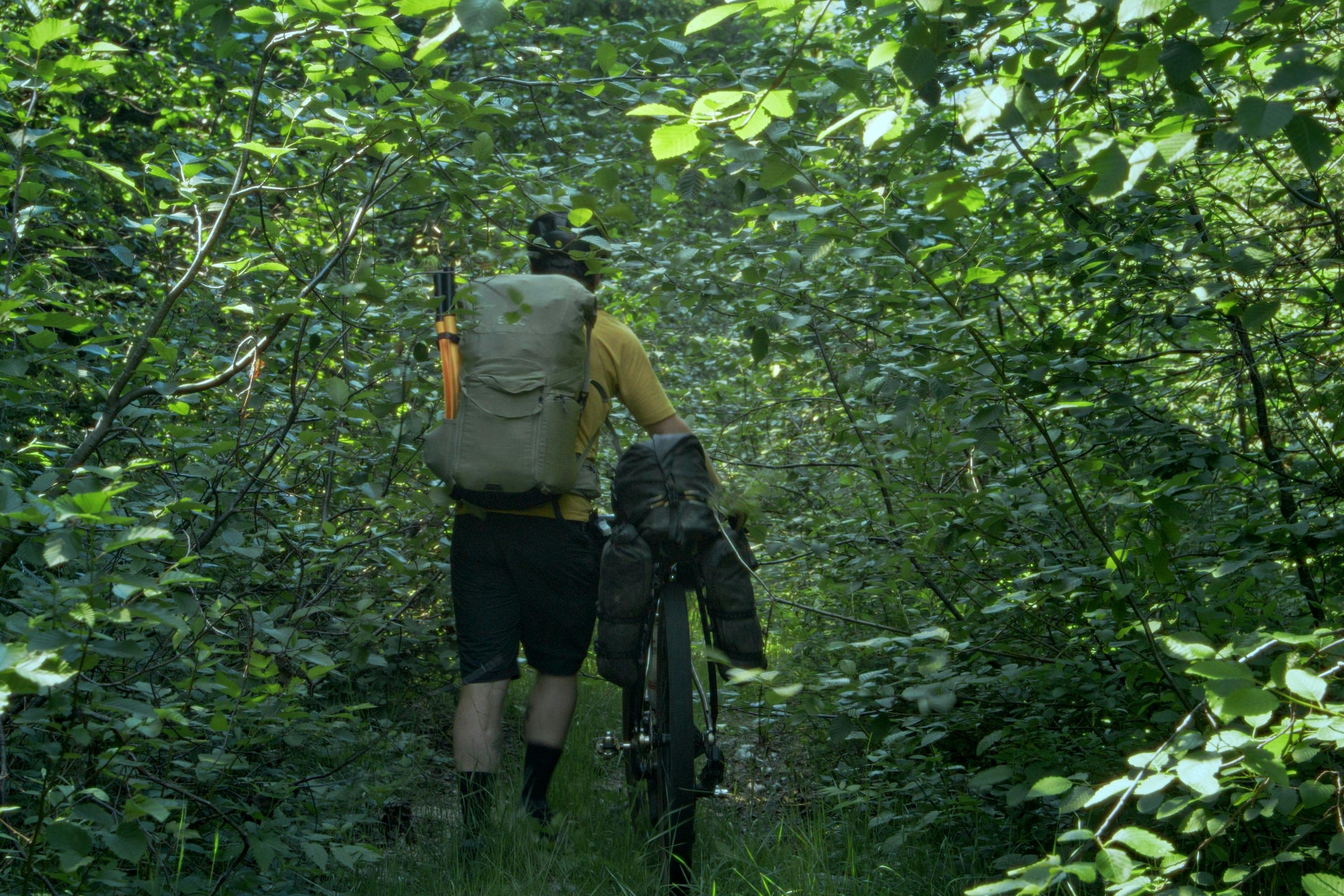
I built up my boat and chatted with some kind BC Hydro workers at Clowhom Dam. They were blown away by this adventure, and it was great to chat with some nice humans after being in solitude. I actually ended up listening to podcasts for the majority of the trip because of my solitude. I love being out in the middle of nowhere alone, but the podcasts really help me feel less anxious about being alone. I do not recommend using earbuds, because they can inhibit your hearing of critters. I use open-ear headphones and my phone speaker.
I spent the next day approaching Pokosha Pass, the crux of this route. I knew that the trail was going to be in rough shape, but it ended up being way worse than I could have imagined. I spent six hours bushwacking through some dense alder and pines before calling it a night. I started the day by swimming through some dense blueberry bushes, and I listened to lots of podcasts with bikepackers like Lael Wilcox, Lachlan Morton, Kait Boyle, and Kurt Refsidner. Listening to them talk about the wild things they have done reassured me that I’m not completely off my rocker.
The trail was hardly there, and it was mainly a game trail for elk, cougars, and bears. I was a visitor in their territory, and I knew it. I stopped to refill water and eat a snack around 11 p.m. I choked down a crumbly tortilla with salami and cheese for about 10 minutes. I went down to the creek about 10 meters away from me and a big brown bear ran out from behind a boulder. I had unknowingly eaten my snack within a stone’s throw of this bear. It wasn’t aggressive, but I did scare it, which isn’t a good thing to do. I should have been yelling “HEY BEAR!” every five minutes or so.
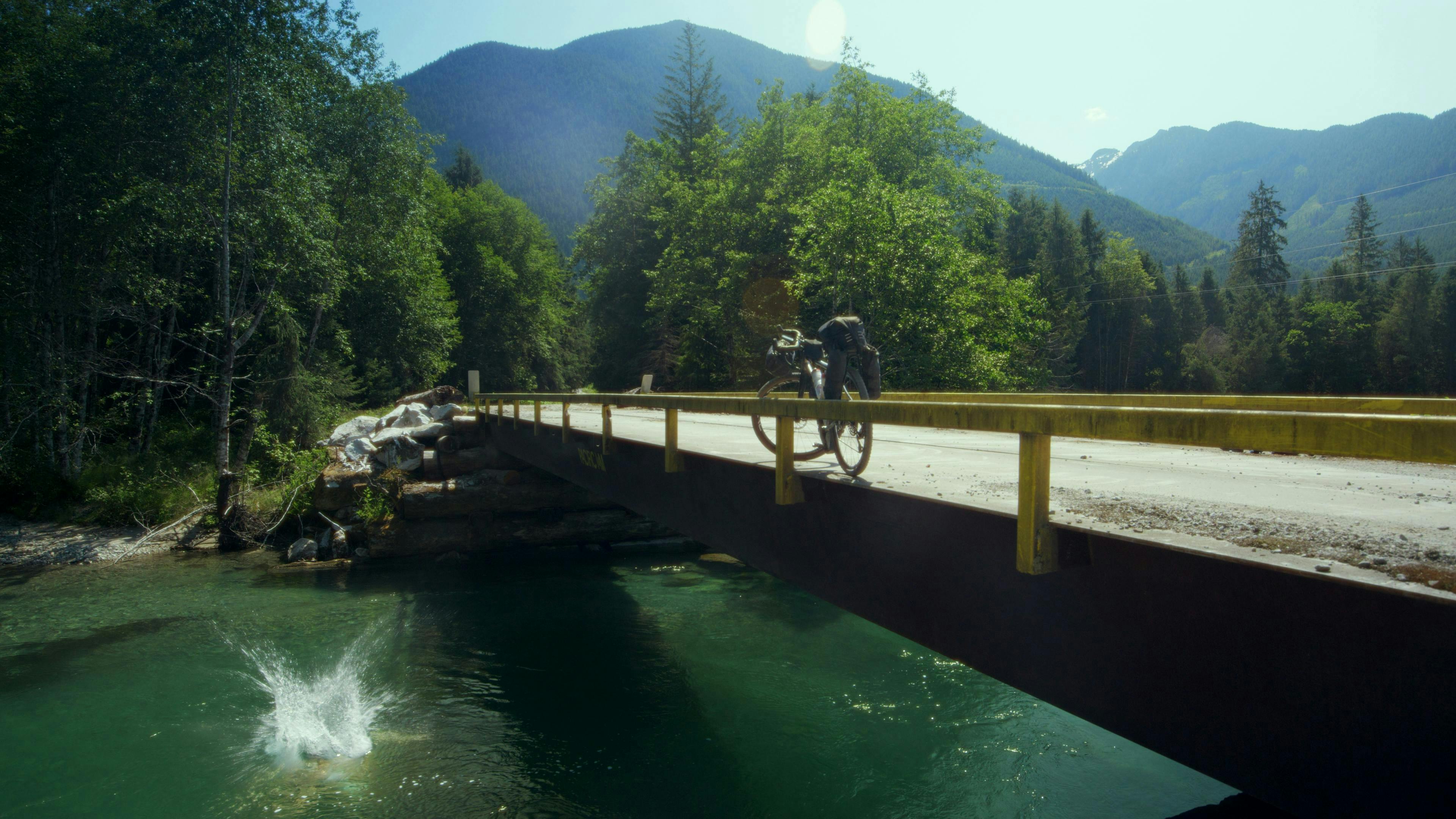
After scaring the bear, it started walking toward me and sniffing me. I knew I needed to send a little warning message to deter its curiosity. I sent a burst of bear spray towards it, but it was immediately blown away from the bear by the wind. I stood there with my arms above my head terrified because I knew the wind was not on my side. It kept walking towards me and sniffing about five meters or so away. Somehow, around 10 seconds later, the bear spray smell managed to reach its nose, and it ran away.
One note if you are traveling in bear country by bike is to keep the bear spray on you, not the bike. If would have had it on my bike 30 feet away from me, I would have been in trouble. This did backfire for me later, though, when a bush tore the safety off my bear spray and I blasted myself in the hip. This was a freak accident, and I was already at my mental and physical limit. I guess that’s the price I pay for being a visitor here. My skin burned for about 24 hours after that incident. Be smart with bear spray!
I finished the day looking for a safe place to camp on the side of a mountain. This was a really technical point in the route, and the only spot I could find was below a waterfall. I was frustrated because this didn’t seem like a safe place to be if a flash flood happened or a rock came down the waterfall. Also, if I managed to roll my tent, I would tumble into a crevasse 10 meters below me. It was the safest and only flat place I could find, though. I had to use some rocks and my raft to make a platform for my tent. Not ideal!
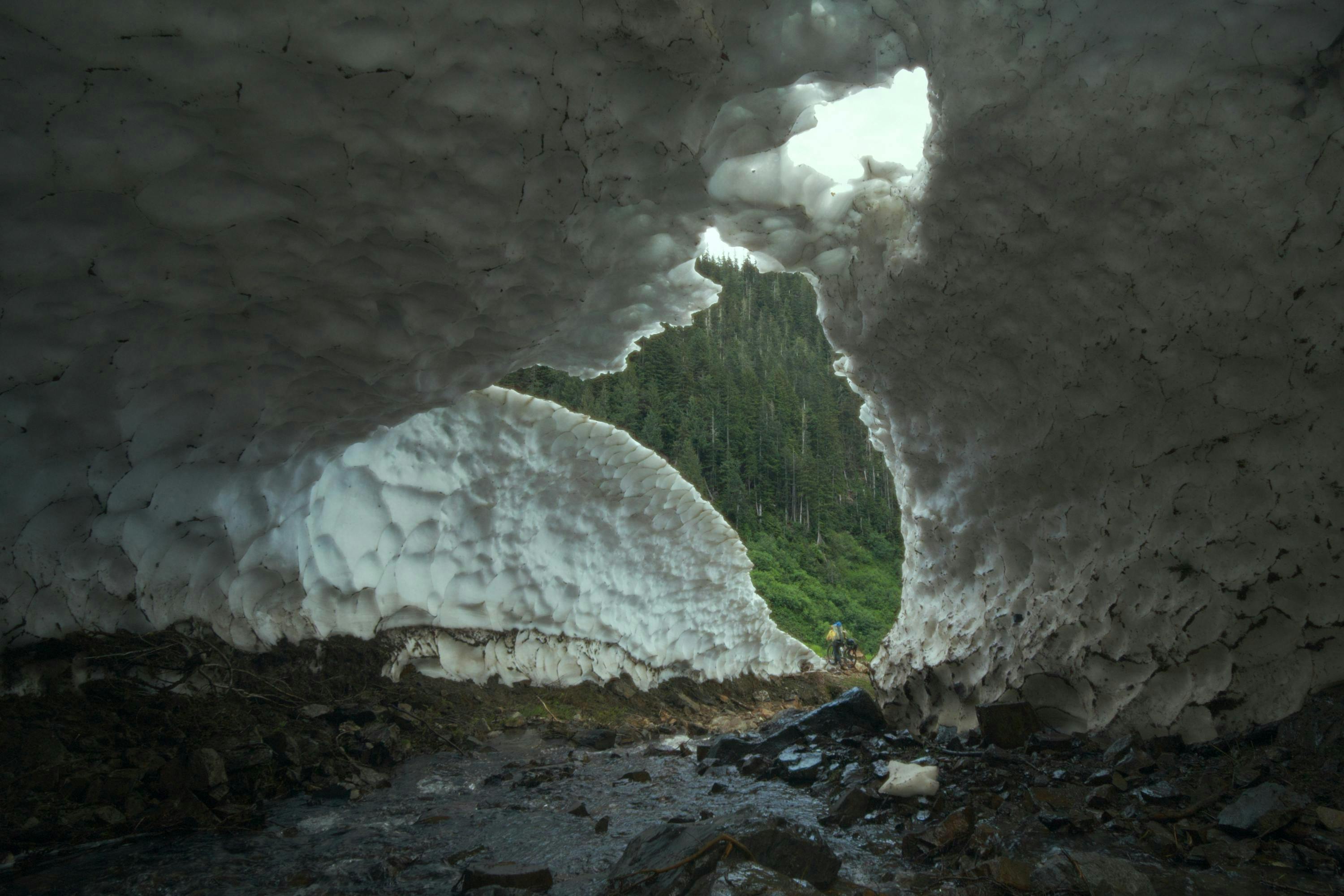
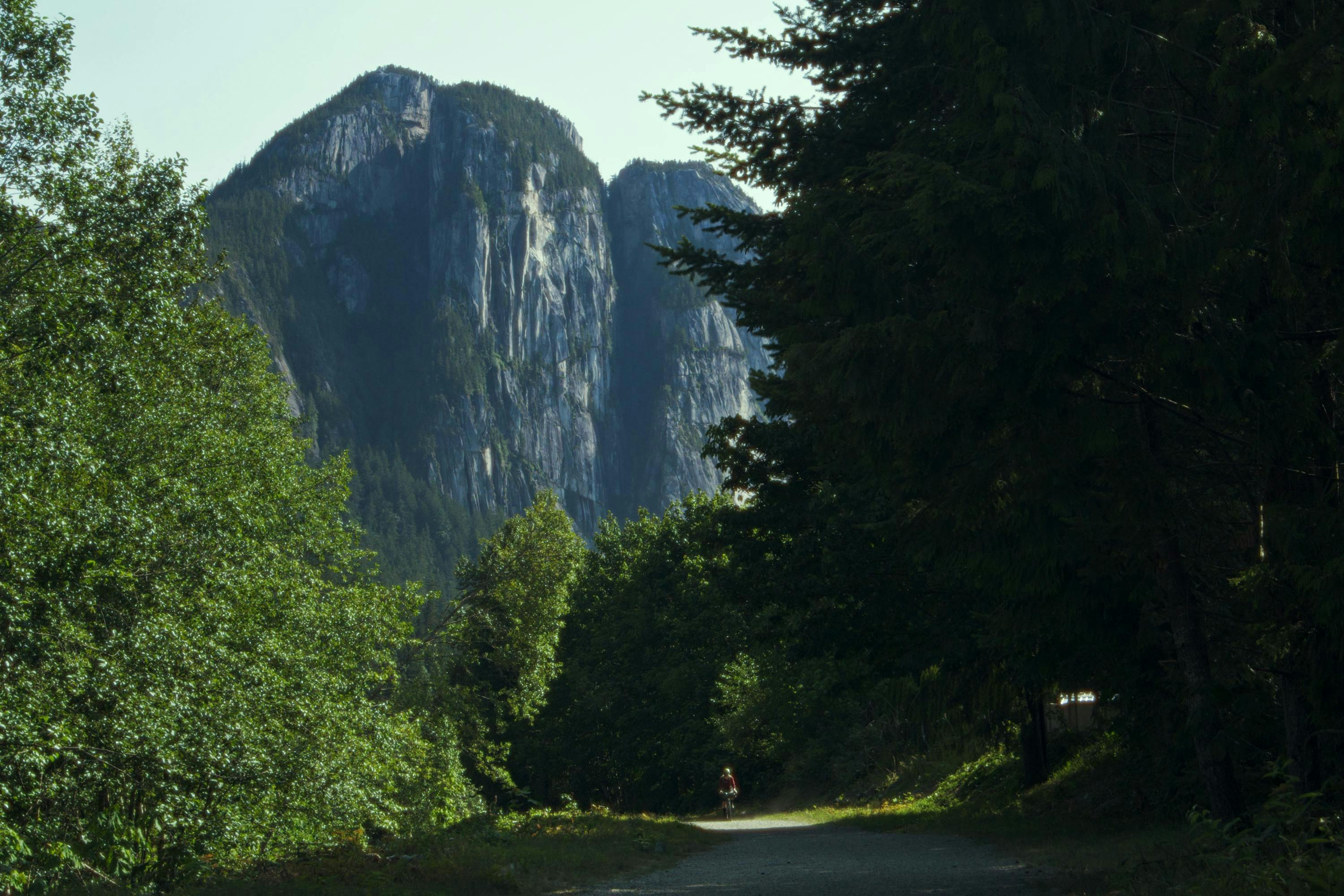
While going to bed, I was really mad at myself for doing this, and I questioned everything. I had planned to be in Squamish by now and I was still 50 kilometres away. I ate the last of my food and only had electrolyte tablets to get me out of there the next day. I always try to be well-prepared, but I was getting my ass kicked.
The next day, I moved really slowly, but I was close to the top of the pass, where I knew the trail was in better condition. I sloshed through tairns and snow eventually to the top of Pokosha Pass. It was so surreal getting to the top of that pass, and I found a second wind of energy. The trail down was swampy and rugged but a hundred times better than the south side.
I ate so much food when I arrived in Squamish, and I was exhausted. Thankfully, the next segment was much easier, and I was elated to have pulled off the crux of the route. I had already done the next segment from Squamish to Coquitlam years before. It goes up and over a steep gravel pass and then you follow the Indian River to the Indian Arm. I arrived at the Indian Arm around 10:30 p.m. and couldn’t find a legal campsite, so my only option was to build up my boat and paddle to a campsite on the Indian Arm. Paddling at night was scary but amazing. My paddle would stir up bioluminescent algae, and it was my first time seeing something like that.
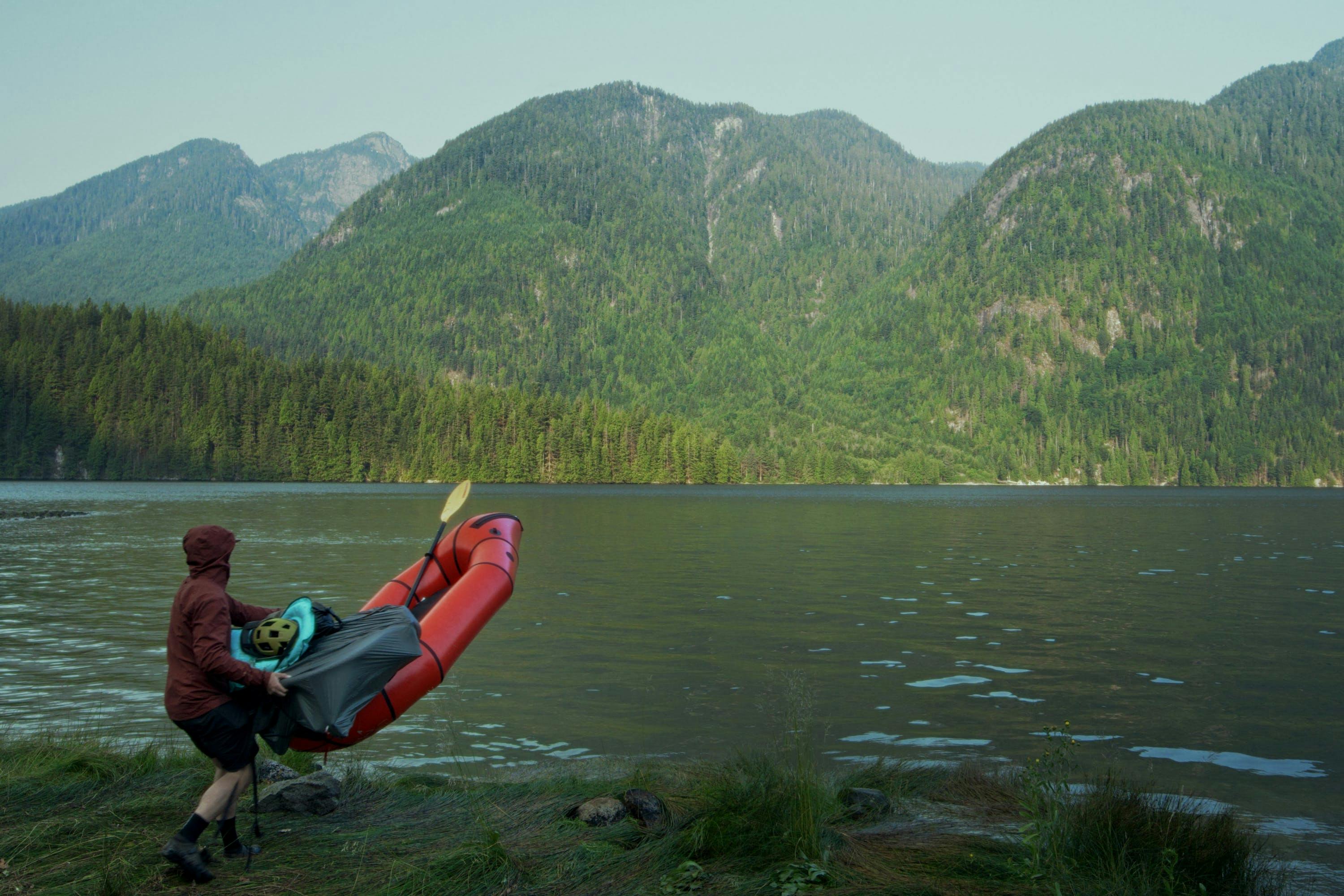
I started early the next morning, exhausted. I had a group of around 1,000 fish swim below me, which was incredible and woke me up. There were jellyfish, sea lions, and otters everywhere too. I pulled my boat out in Buntzen Bay. This is a private dock that I gained permission to dock at from a local named Gary. Anyone can dock in Deep Cove or Jug Island beach, but it is another 10 kilometres of paddling.
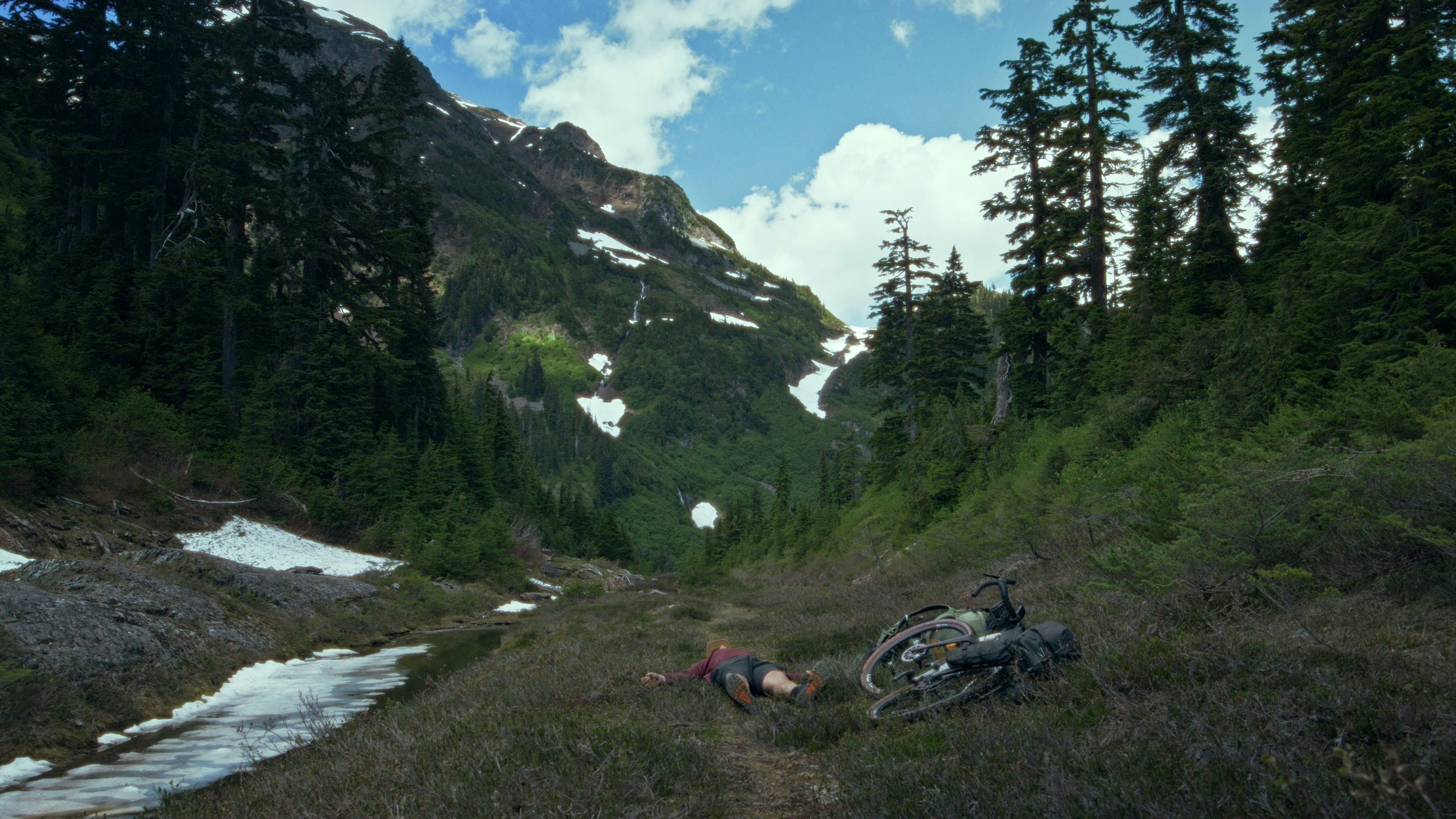
I saw another big bear on my way out of Buntzen, Bay which was funny being so close to the end. It was a timid black bear. The day was hot and a bit smoky, so I rode as fast as I could through the city to finish things off. Riding through the concrete jungle after such an intense trip was pretty surreal. I had pushed myself to my limit and completed what seemed impossible. I made many mistakes on this trip, but it was the experience of a lifetime.
I do not recommend people attempting this route. It is dangerous and remote. I pushed the limits and it made me rethink my relationship with doing risky adventures like this. There’s a reason why I called this “The Big Dumb Loop,” after all.
